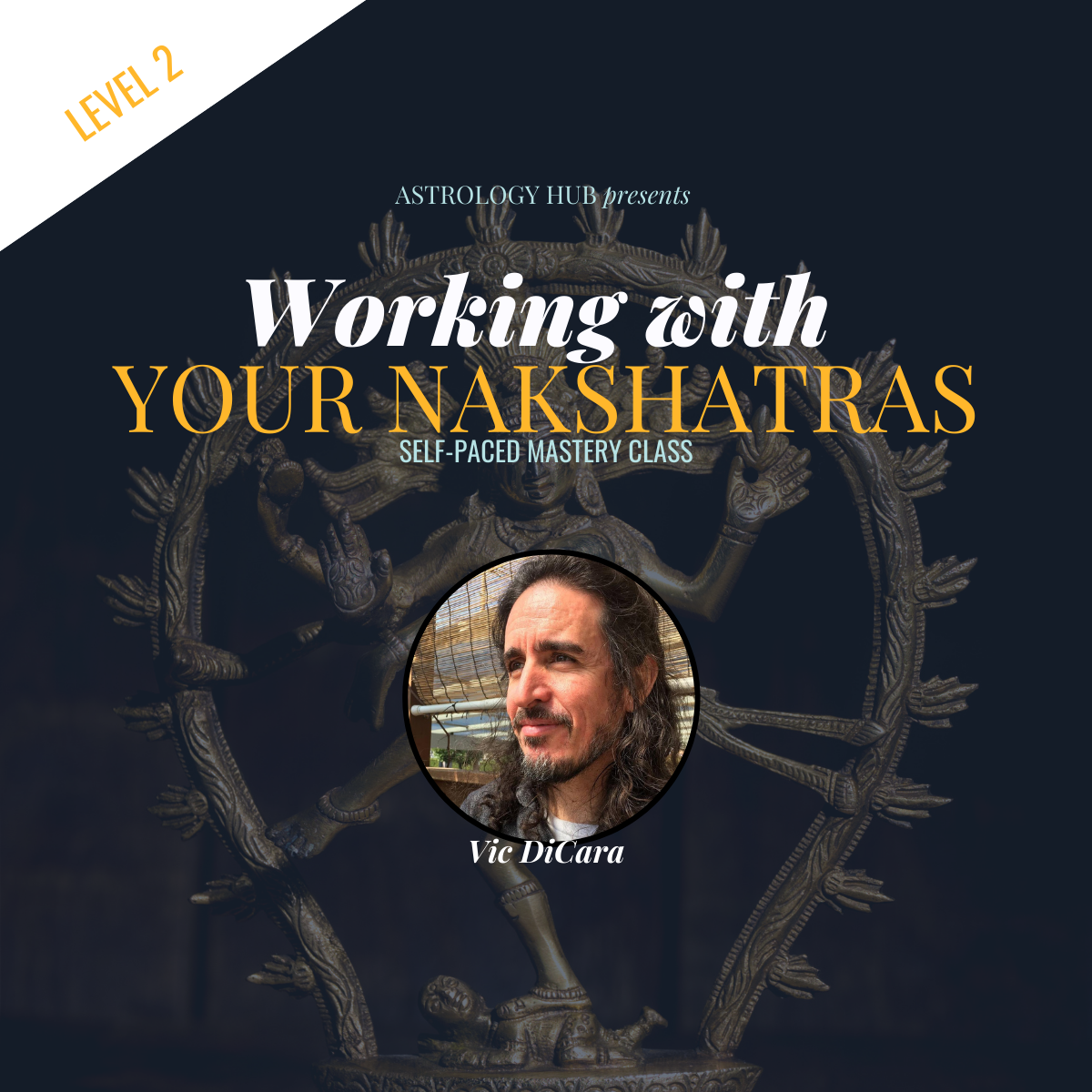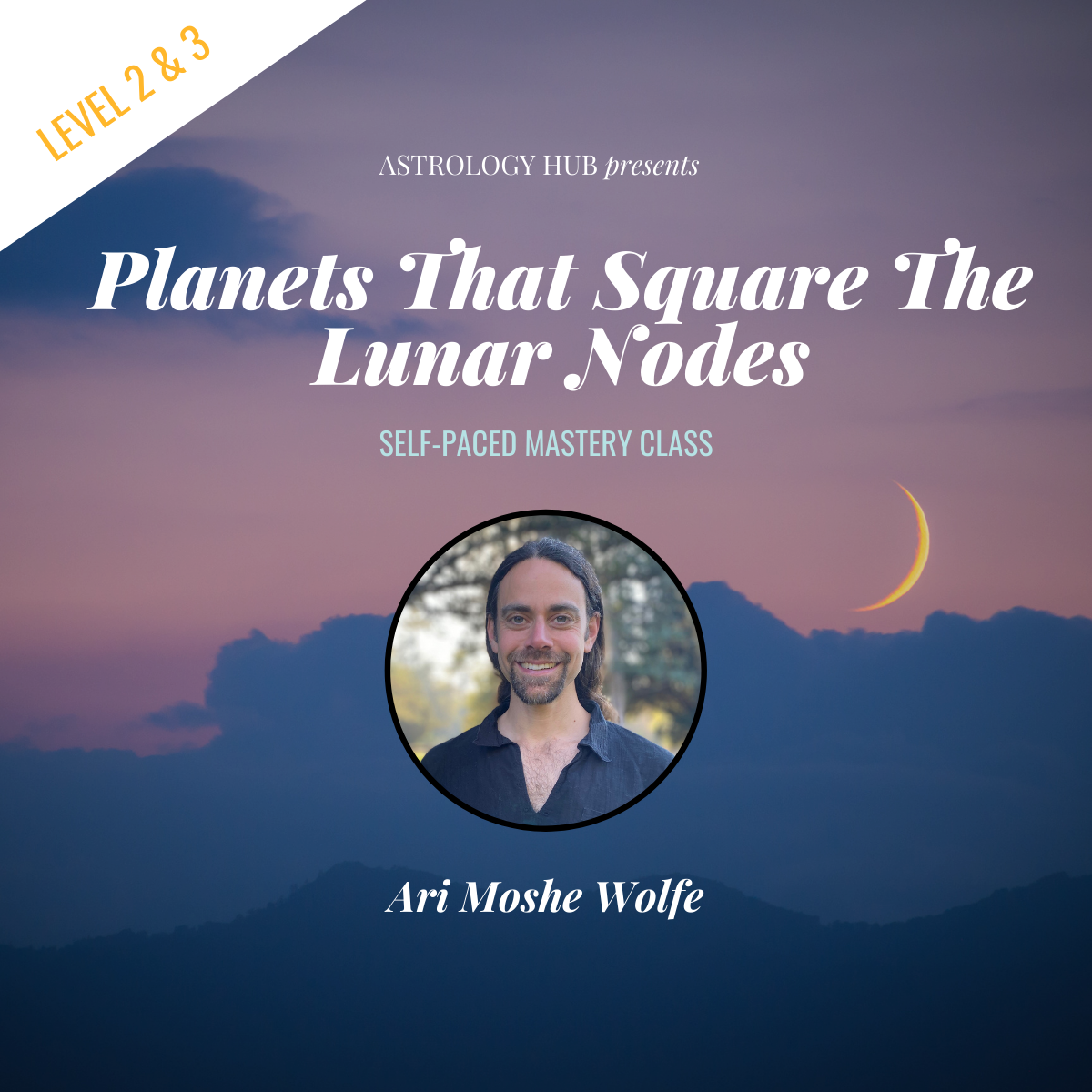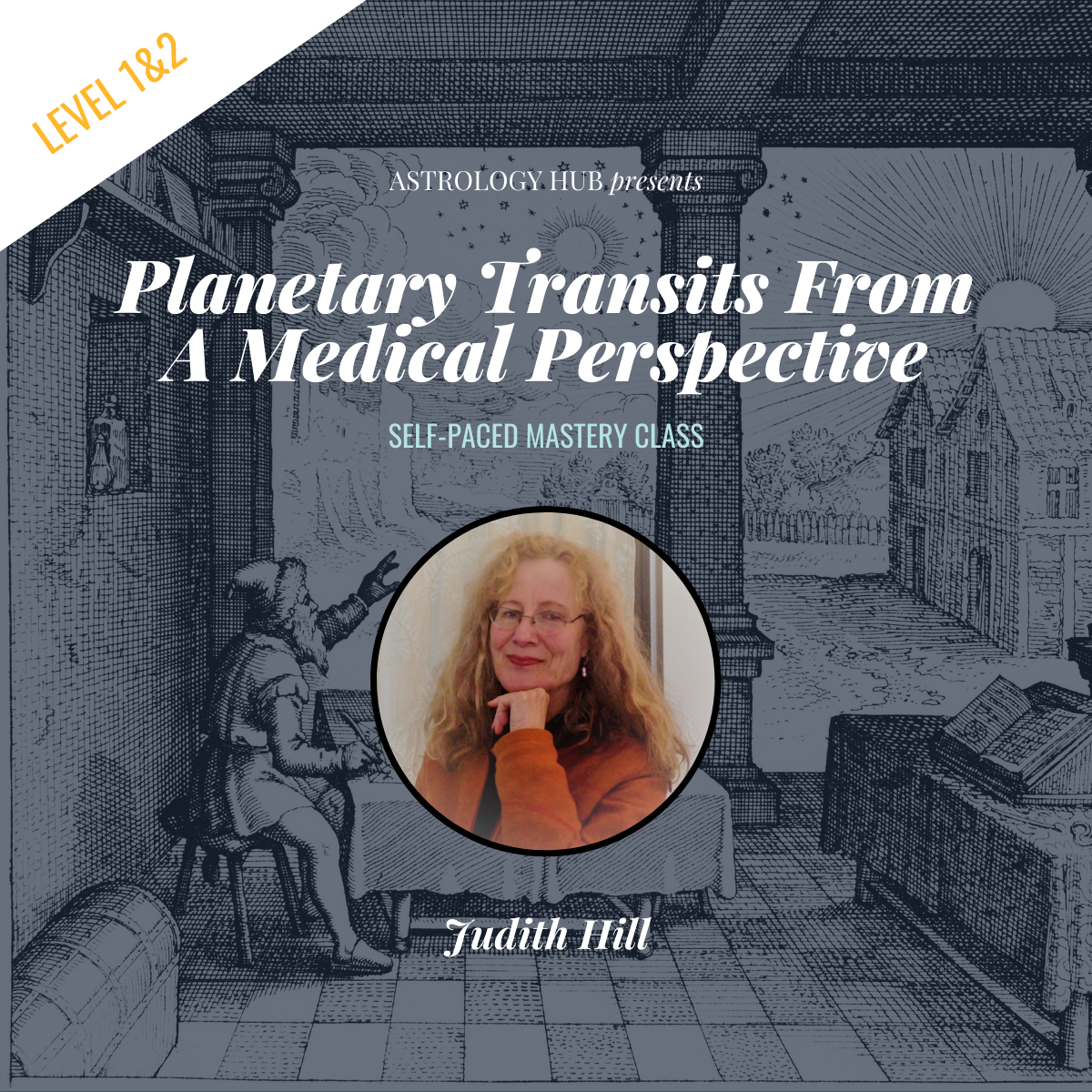THE MAJOR SCHOOLS OF ASTROLOGY

Astrology is the study of correlations between movements in the sky and experiences on Earth. While many are familiar with the astrology horoscopes at the back of Cosmo magazine or in the newspaper, the truth is, astrology's practice has a rich and diverse history in cultures around the world.
And when you really start to dig into astrology's history, you quickly realize that there is a lot more to astrology than most are ever exposed to!
To orient you to the fascinating world of astrology, and to help you navigate toward the astrology lens that most resonates with you, we have created this quick guide to astrology’s history and its major schools.
Traditional Astrology
Since before the start of recorded history, the night sky has dazzled skywatchers. Ancient peoples observed the sky
for messages from gods and planetary spirits. They sought ways to understand and predict the motions they saw. At that time, Astrology and Astronomy were still one and the same, and though these two sister sciences have been separated for a while, the work of Astrologers such as Gemini Brett aims to reconnect the material and metaphysical realms.
Cultures from Egypt to Babylon, India and China all had well-developed forms of what scholars have called “omen-based” astrology. Then approximately 2100 years ago astrology, more-or-less as we know it today, emerged.
These earliest forms of astrology are sometimes called Traditional or Classical. A few of the major forms included:
Hellenistic Astrology
“Horoscope” comes from the ancient Greek words “time observer” or “watcher of hours.” A horoscope as a map of the sky at a specific place and time emerged during the Hellenistic period in Alexandria Egypt in 2nd to 1st centuries BCE.
This birth chart is the forerunner to what we know as Western astrology today, and included the seven visible planets (Sun, Moon, Mercury, Venus, Mars, Jupiter and Saturn), 12 signs and 12 houses. Their Zodiac (known as the Tropical Zodiac) began with 0 degrees Aries at the spring equinox point.
Philosophical schools such as the Stoics used astrology as a tool for self-mastery. Astrologers also cast and interpreted personal horoscopes, often for those wealthy enough to have had a birth time recorded.
Astrology became part of religion, philosophical, social discussions and medicine (although that's often overlooked by moderners). Astrologer Judith Hill is one of our contemporaries who still integrates all of these modalities in one, both in her work with clients and students.
often overlooked by moderners). Astrologer Judith Hill is one of our contemporaries who still integrates all of these modalities in one, both in her work with clients and students.
On top of all that, Hellistic Astrology was also used in the timing of religious rituals (a practice called katarche.) Today, that practice took a different shape and became Electional Astrology, or the Astrology of picking the best time to do just about anything— even though the practice of using it for ritualistic purposes is still very much alive!
Jyotish/Indian Astrology
Hellenistic astrology traveled east with the Alexandrian empire to mix with existing indigenous Indus River Valley astrology. Together they created Indian astrology, or Jyotish, meaning the “science of light.”
Unlike Western astrology, Indian astrology uses a sidereal- based zodiac, which is currently 24 degrees different than the Tropical Zodiac (e.g. If you are a Sagittarius in Western astrology, you may become a Scorpio in Indian astrology.) It also emphasizes religious rituals and other techniques to balance planetary energies, and included the lunar nodes (the points where eclipses occur) in interpretations.
based zodiac, which is currently 24 degrees different than the Tropical Zodiac (e.g. If you are a Sagittarius in Western astrology, you may become a Scorpio in Indian astrology.) It also emphasizes religious rituals and other techniques to balance planetary energies, and included the lunar nodes (the points where eclipses occur) in interpretations.
Another major difference between Jyotish and Western Astrology is the heavy emphasis on the Sidereal Lunar Mansions, also known as the Nakshatras. You can think of the Lunar Mansions as the Zodiac of the Moon, although the zodiac is divided into 27 slices rather than 12.
Chinese Astrology
Combining the indigenous astrological practice of the region with Chinese five-element theory, philosophy, medicine and some Hellenistic astrology, Chinese astrology relies more heavily on cyclic numeric counts than other forms of astrology in Europe and Asia.
Arabic Astrology
After the decline of the Hellenistic and Roman empires, Arabic cultures kept the Western astrology flame alive. Arab astrologers added additional points (Arabic Parts) and their own version of the Lunar Mansions, although they used 28 mansions contrasting the Jyotish 27.
Medieval/Renaissance Astrology
As Hellenistic astrology flowed into the Christian West, where the more religious or spiritual aspects of astrology were de-emphasized. Nevertheless, astrology remained a core symbolic language of the Western esoteric tradition, influencing works of art and culture, including Dante’s Divine Comedy and the works of Shakespeare.
After the reintroduction of Arabic astrology, Medieval and Renaissance astrology focused on choosing auspicious times for action, making magical talismans by propitiating the spirits of the Decans, Lunar Mansion and Fixed Stars, and other predictive forms of astrology.
Modern Astrology
The scientific revolution in the 17th and 18th centuries marked a steady decline in the practice of astrology in the Western world. However, a modern renaissance began in the mid 19th century, accelerating with the birth of theosophy, psychology and later new age movement.
Modern astrological schools combine inherited pieces of the classical tradition with newly discovered planets and creative innovations and techniques. Schools of astrological thought have proliferated.
Here are a few of the more popular trends in loosely chronological order:
 Esoteric Astrology
Esoteric Astrology
In the early 20th century, theosophists such as Alan Leo and Alice Bailey incorporated the ideas of the Theosophical Society and mythological teachings into astrological practice. Their work revisited ancient spiritual aspects of astrology, as well as alternative relationships between signs and planets.
Uranian Astrology/Hamburg School
Also at the beginning of the 20th century, the German astrologer Alfred Witte founded Uranian astrology. In part a reaction against the traditional wisdom handed down in classical astrology, Witte devised new astrological techniques based on evidence and experimentation. These included the use of dials, emphasis on 0, 90 or 180 degree separations between planets (hard aspects), midpoints between two planets, and eight additional hypothetical planets.
Cosmobiology
In the 1930s, Reinhold Ebertin popularized further developments of Uranian astrology that rejected the use of the hypothetical planets and focused more on the medical aspects of astrology.
Harmonic Astrology
Harmonic astrology, created by John Addey in the 1950s, employs mathematical transformations to investigate relationships between planets. Harmonic astrology assigns less importance to zodiacal signs and houses.
Psychological Astrology
Psychological Astrology arose from the cross-fertilization of astrology with humanistic, depth and transpersonal psychology. It incorporates ideas such as Jungian archetypes, synchronicities and psychological drives and needs. Astrologer Dane Rudhyar was an early advocate, and the tradition includes the of humanistic astrologer Alexander Ruperti and Liz Greene’s Centre for Psychological Astrology in the UK. The founder of psychosynthesis Robert Assagioli also inspired Huber method of astrology, which emphasized life cycles.
AstroCartoGraphy
AtroCartoGraphy is a method of locational astrology popularized by Jim Lewis in late 1970s and early 1980s. With roots in the ancient cultures that aligned sacred sites to stars, AstroCartoGraphy studies the astrological influences of locations on earth.
Experiential Astrology
This catch-all category includes the use of shamanism, astrodrama, guided visualization or hypnosis to work with astrological symbolism and archetypes. Advocates include Barbara Schermer and Babs Kirby.
Evolutionary Astrology
In the late 1980s and early 1990s, Jeffrey Wolf Green combined elements of the theosophical movement, psychological astrology, and Indian philosophy, with his own channeled material to create Evolutionary Astrology.
With an emphasis on Pluto and the lunar nodes, Evolutionary astrology seeks to understand the development of the soul through lifetimes. Steven Forrest’s work expanded and popularized the practice of Evolutionary Astrology.
Traditional revival, or neo-Classical
The 1990s also saw increasing interest in rediscovering and translating original astrological works of the traditional Hellenistic and other periods. Traditional revival or Neo-classical astrologers are inspired by traditional astrological techniques, yet incorporate newly discovered planets.
Eclectic Modern
It’s not uncommon for modern astrologers to choose elements of different astrological schools, but traditional and modern, as part of a unique personal practice. Astrological conferences, as well as the Internet, have made an eclectic approach more accessible than ever before.





